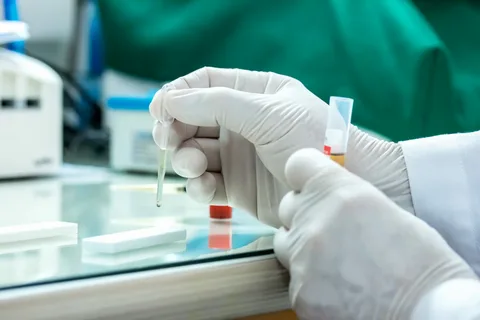Introduction In the ever-evolving field of medicine, the development of drug delivery systems that are both efficient and adaptable remains a priority. From the early days of oral and topical administration methods to the modern advancements in targeted therapy, the pharmaceutical and biotechnology sectors have relentlessly pursued strategies to deliver therapeutic agents in a controlled and sustained manner. Among the cutting-edge developments, polymer-based drug delivery systems have garnered significant attention. Notably, implantable networks and…
Introduction Drug delivery has always been a cornerstone of medical science, determining the effectiveness of various treatments. The challenge of delivering drugs precisely to targeted sites without causing side effects has driven scientists to explore innovative solutions. One of the most promising avenues in modern medicine is the use of colloidal carriers for drug delivery. These carriers, which include micro and nanoparticles, micelles, and micro/nanogels, have the potential to revolutionize how we treat diseases…
Introduction The landscape of drug delivery has evolved rapidly over the last few decades, with innovations aimed at improving therapeutic efficacy while minimizing side effects. Among the myriad advancements, polymer drug conjugates have emerged as a powerful tool in modern pharmaceutical sciences. The development of this drug conjugates for drug delivery offers a strategic approach to enhance the therapeutic efficacy of pharmaceutical agents, while simultaneously optimizing their pharmacokinetics and biodistribution. Drug delivery systems are…
Introduction In the evolving world of nanotechnology, the exploration of nanoscale structures has opened new frontiers in science and engineering. Among these innovations, the integration of biomembrane and non-biomembrane nanostructures holds immense potential for revolutionary applications. Biomembranes, which are naturally occurring lipid bilayers that surround cells, have been a focal point in bio-inspired nanomaterials due to their inherent properties like flexibility, selective permeability, and biocompatibility. In contrast, nanostructures, composed of inorganic or synthetic materials, offer…
Introduction Nanoformulations represent a promising frontier in drug delivery systems, where the development of efficient carriers can significantly improve the delivery, release, and efficacy of drugs. Polymers play a crucial role in the design and estimation of drugs in nanoformulations. In drug delivery systems, particularly nanoformulations, the stability, release kinetics, and bioavailability of drugs can be significantly affected by the polymers used in their formulation. Polyvinyl Alcohol (PVA), Polyvinyl Pyrrolidone (PVP), Chitosan, and Carboxymethyl Cellulose…





